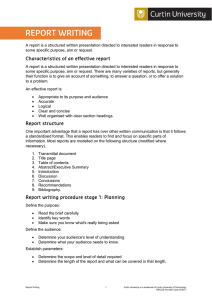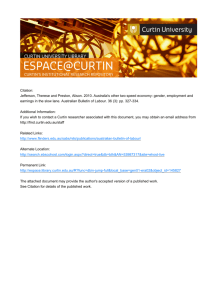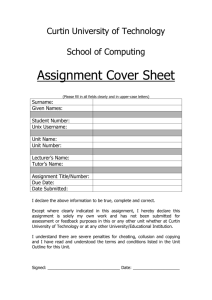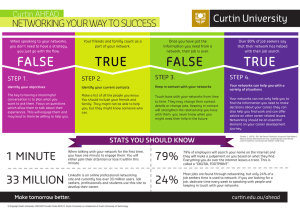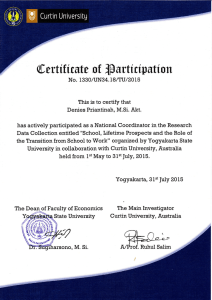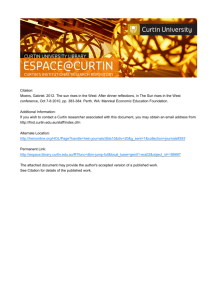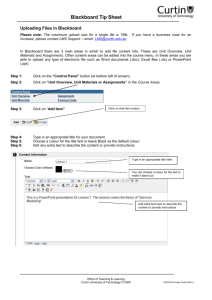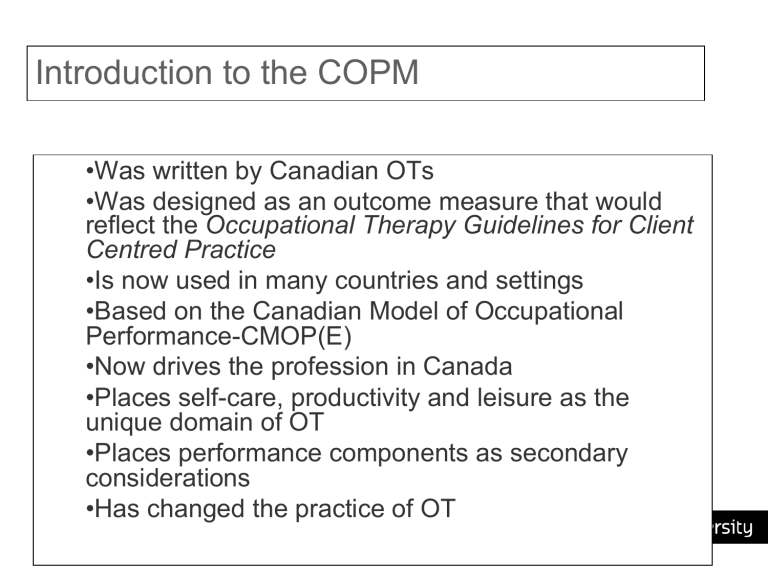
Introduction to the COPM •Was written by Canadian OTs •Was designed as an outcome measure that would reflect the Occupational Therapy Guidelines for Client Centred Practice •Is now used in many countries and settings •Based on the Canadian Model of Occupational Performance-CMOP(E) •Now drives the profession in Canada •Places self-care, productivity and leisure as the unique domain of OT •Places performance components as secondary considerations •Has changed the practice of OT Curtin University is a trademark of Curtin University of Technology CRICOS Provider Code 00301J The Canadian Occupational Performance Measure (COPM) An individualised outcome measure to be used at the beginning of OT intervention, as necessary throughout and at the end of treatment. It detects change in a clientʼs self perception of their occupational performance over time. ! Identifies problem areas in clientʼs occupational performance ! Provides a rating of clientʼs priorities of problem areas ! Evaluates clientʼs performance and satisfaction of these problem areas ! Measures changes in clientʼs perceptions of these problems in occupational performance over time ! . Curtin University is a trademark of Curtin University of Technology CRICOS Provider Code 00301J Purpose of COPM • The COPM assists the client-therapist team to identify and quantify problems of occupational performance. • Forms the basis of treatment goals • Measures success or outcomes as identified by the client-therapist team from the client’s perspective. • Uses a “top down” approach Curtin University is a trademark of Curtin University of Technology CRICOS Provider Code 00301J Psychometric properties of the COPM • Valid (measures what it is supposed to) • Responsiveness/Sensitivity (can measure change) • Acceptable reliability (can be used repeatedly) • Utility (usefulness/ ease of use) Curtin University is a trademark of Curtin University of Technology CRICOS Provider Code 00301J COPM ! Step One-Identification of occupational performance issues ! Step Two-Rating importance ! Step Three-Scoring. Client to choose up to five problems that seem to be most pressing or important. For each problem ask client to rate: Their current performance in that area- from (1) being not able to do the activity at all to (10) able to do it extremely well How satisfied they are with their way they do the activity from (1) not satisfied at all to (10) extremely satisfied Curtin University is a trademark of Curtin University of Technology CRICOS Provider Code 00301J

